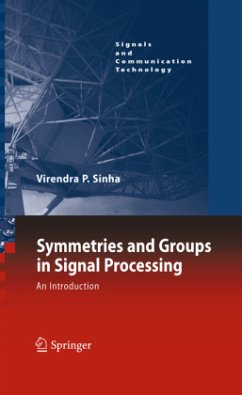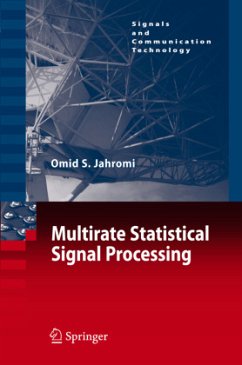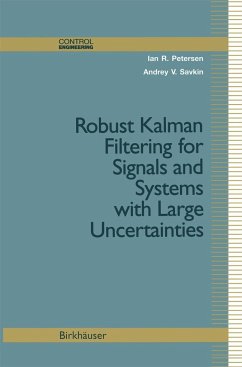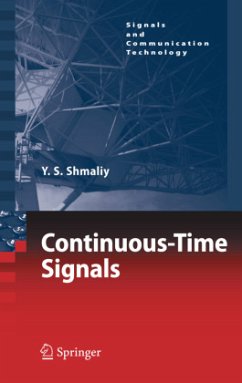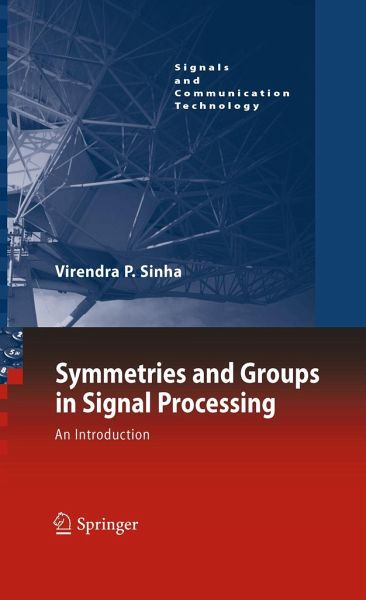
Symmetries and Groups in Signal Processing
An Introduction
Versandkostenfrei!
Versandfertig in 6-10 Tagen
76,99 €
inkl. MwSt.
Weitere Ausgaben:

PAYBACK Punkte
38 °P sammeln!
Symmetries and Groups in Signal Processing: An Introduction deals with the subject of symmetry, and with its place and role in modern signal processing. In the sciences, symmetry considerations and related group theoretic techniques have had a place of central importance since the early twenties. In engineering, however, a matching recognition of their power is a relatively recent development. Despite that, the related literature, in the form of journal papers and research monographs, has grown enormously. A proper understanding of the concepts that have emerged in the process requires a mathe...
Symmetries and Groups in Signal Processing: An Introduction deals with the subject of symmetry, and with its place and role in modern signal processing. In the sciences, symmetry considerations and related group theoretic techniques have had a place of central importance since the early twenties. In engineering, however, a matching recognition of their power is a relatively recent development. Despite that, the related literature, in the form of journal papers and research monographs, has grown enormously. A proper understanding of the concepts that have emerged in the process requires a mathematical background that goes beyond what is traditionally covered in an engineering undergraduate curriculum.
Admittedly, there is a wide selection of excellent introductory textbooks on the subject of symmetry and group theory. But they are all primarily addressed to students of the sciences and mathematics, or to students of courses in mathematics. Addressed to students with an engineering background, this book is meant to help bridge the gap.
Admittedly, there is a wide selection of excellent introductory textbooks on the subject of symmetry and group theory. But they are all primarily addressed to students of the sciences and mathematics, or to students of courses in mathematics. Addressed to students with an engineering background, this book is meant to help bridge the gap.





